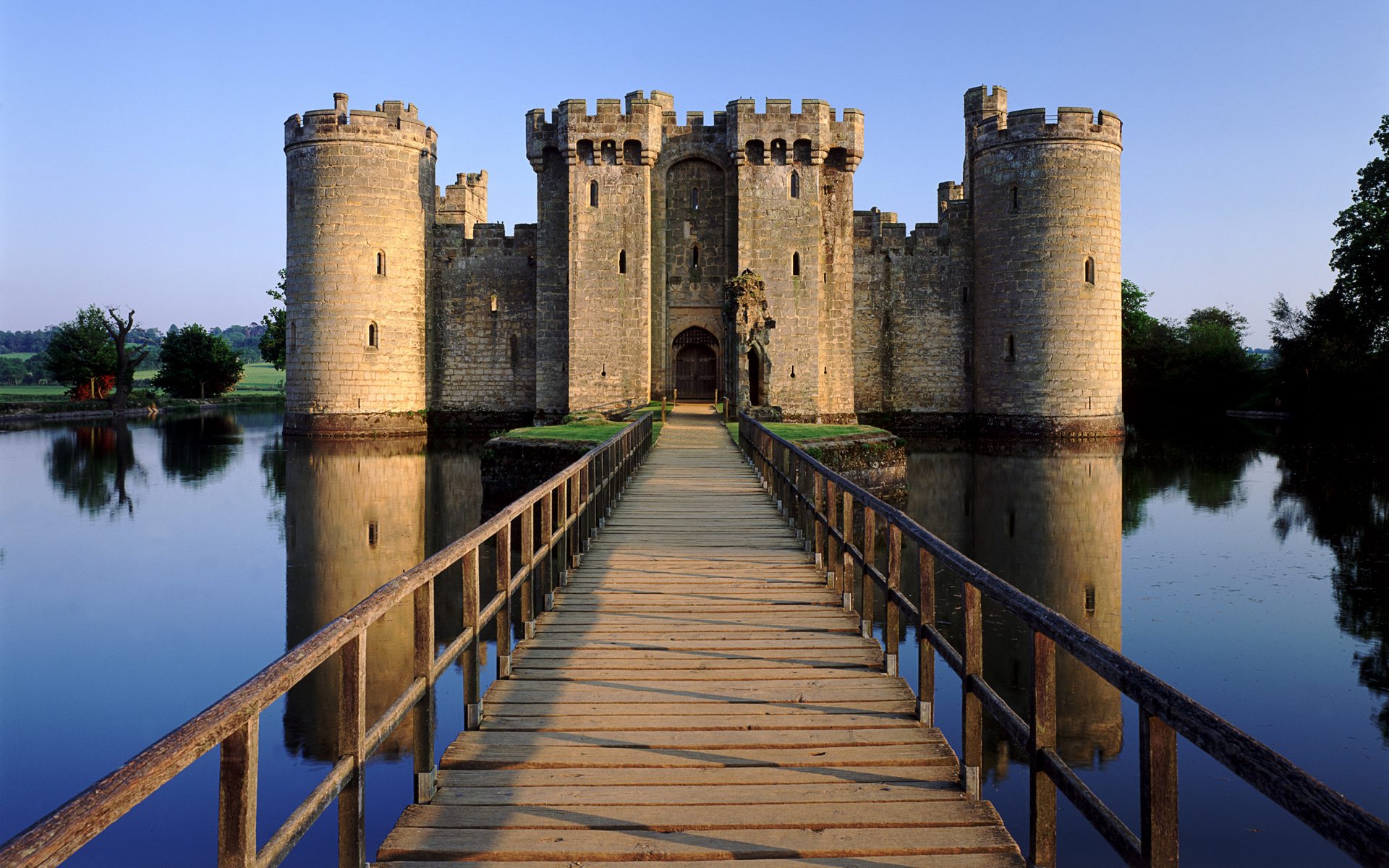
I got a laugh the other day when I referred to Grade II Listed Banks, but I was serious. For overseas readers, we have a system in Britain of listing heritage buildings. They have various grades which restrict what you can do with them. Grade I means you can’t really change the building at all, whilst Grade II is slightly more flexible, but probably wouldn’t allow you to add a sauna or swimming pool if it’s not in keeping with the period the house was built. I know this as I live in a Grade II listed building, which is why I refer to banks as Grade II Listed Banks, because they’re really hard to change.
In fact, to illustrate this point, I remember working for a large US system integrator who were asked by Her Madge – Elizabeth II, not the singer – to rewire her house. In fact, it was Buckingham Palace and Horseguards Parade that needed to have internet access, and so over 10 kilometres of cabling was required. However, as the Palace is a national treasure, no drilling was allowed. It was quite a job, but the job got done, slowly, carefully and with a lot of thought.
That is similar to how I look at banks. They have so much legacy and heritage that their systems and structures should be Grade II Listed. Nothing will change this bank without formal approvals and a lot of thinking. The working committee will need sign off from the sub-committee for banking change, who will need sign off from the steering committee of the sub-committees, who will need authorisation from the COO, who cannot give authorisation without agreement of the management committee, who needs approval to even think about the change from the CEO in the first place. Boy, that’s going to take time.
Even when the approval is given, the working committees will need a cross-functional program representing all aspects of the business to be affected by the change to come together to sign off on their bit of the change. It’s going to be really slow folks. Oh, and it’s going to cost a lot as well.
That’s why I find it amusing to see how proudly Grade II Listed Banks are announcing their digital transformation programmes:
- BNP Paribas (€3 billion)
- Lloyds ($2 billion)
- ING ($2 billion)
- Standard Chartered ($1.5 billion)
- Scotia Bank ($1 billion)
- Deutsche Bank (€1 billion)
The list goes on. In fact, you’re not really a big bank anymore unless you’re investing a few billion in digital transformation. But hang on a second. A billion. That’s like 1,000 million isn’t it? So they’re actually investing a few 1,000 millions in refurbishing the Grade II Listed Bank. Yet there’s lots of new digital start-up banks that have managed to launch with just a few million. The largest funded new digital start-up, Atom, has $300 million and it’s up and running fine.
So the difference between a Grade II Listed bank and a start-up digital bank for digitalisation is a factor of at least two-and-a-half times multiple.
OK, ok, ok, I’m being unfair as the Grade II Listed Bank has to shut down buildings, lay off humans, build the new systems and transition across. I hear you, I hear you, but hey, just remember, a billion is $1,000,000,0000 … I wonder what a new digital bank start up could do with $1,000,000,000 at the outset?
Chris M Skinner
Chris Skinner is best known as an independent commentator on the financial markets through his blog, TheFinanser.com, as author of the bestselling book Digital Bank, and Chair of the European networking forum the Financial Services Club. He has been voted one of the most influential people in banking by The Financial Brand (as well as one of the best blogs), a FinTech Titan (Next Bank), one of the Fintech Leaders you need to follow (City AM, Deluxe and Jax Finance), as well as one of the Top 40 most influential people in financial technology by the Wall Street Journal's Financial News. To learn more click here...

